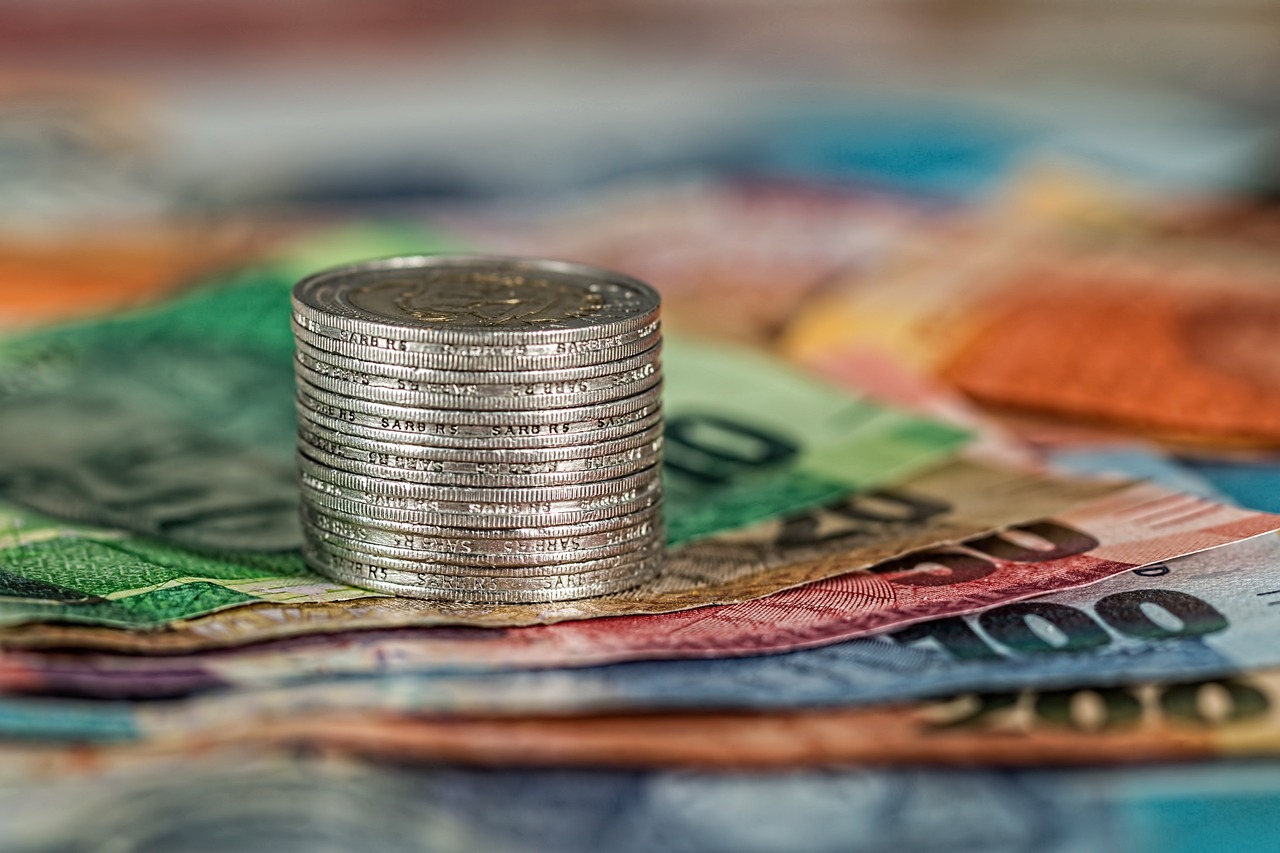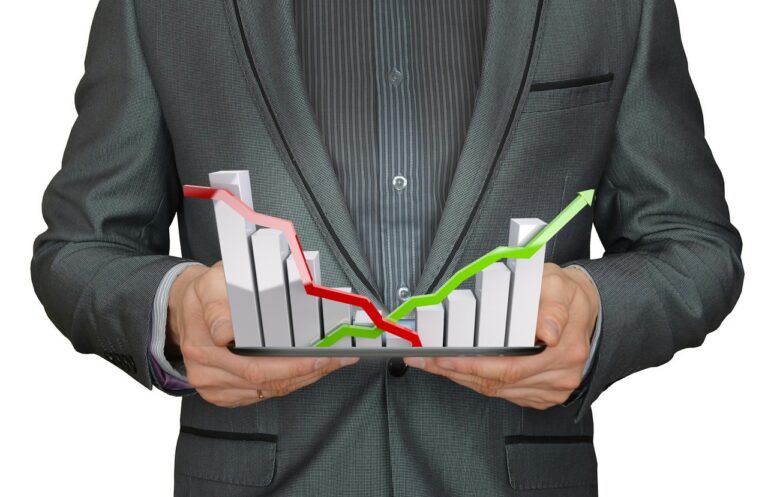Investing is a powerful way to grow your wealth over time, but with so many options out there, it can be difficult to know where to start. One strategy that’s gaining popularity is building a sustainable investment portfolio. A sustainable portfolio not only focuses on financial returns but also considers environmental, social, and governance (ESG) factors. In this blog, we’ll walk you through the steps to build a sustainable investment portfolio that aligns with your values and financial goals.
1. Understand What Sustainable Investing Is
Before diving into the process of building your portfolio, it’s important to understand what sustainable investing means. Sustainable investing involves choosing investments that contribute to positive social and environmental outcomes while still aiming for financial returns. This approach is often referred to as ESG investing, which stands for:
- Environmental: Investments in companies that are mindful of environmental impact, such as those that work to reduce carbon emissions, conserve resources, or support renewable energy.
- Social: Investments in companies that prioritize social issues, like fair labor practices, diversity and inclusion, and community engagement.
- Governance: Investments in companies with strong governance practices, including transparency, ethical business practices, and executive accountability.
Sustainable investing allows you to grow your money while supporting causes you care about. It’s about making informed decisions that balance financial gain with positive societal impact.
2. Define Your Investment Goals
The first step in building any investment portfolio is to define your goals. Ask yourself what you want to achieve with your investments. Are you saving for retirement, a down payment on a house, or your children’s education? Understanding your financial goals will help you determine your investment strategy, including your risk tolerance and time horizon.
Risk Tolerance
Your risk tolerance is how comfortable you are with the possibility of losing money in the short term in exchange for potential long-term gains. If you’re more risk-averse, you might prefer safer, lower-risk investments, even if they offer lower returns. On the other hand, if you’re willing to take on more risk, you might opt for higher-risk, higher-reward investments.
Time Horizon
Your time horizon is the amount of time you plan to invest before you need to access your money. If you have a long time horizon, like 20 or 30 years, you can afford to take on more risk because you have time to recover from potential market downturns. If your time horizon is shorter, like 5 or 10 years, you might want to focus on more conservative investments to protect your capital.
3. Research Sustainable Investment Options
Once you’ve defined your goals, it’s time to research sustainable investment options. There are several types of investments to consider, each with its own level of risk and potential return.
Stocks
Investing in individual stocks allows you to directly support companies that align with your values. Look for companies with strong ESG practices, such as those that prioritize renewable energy, have diverse leadership teams, or engage in ethical supply chain management. Keep in mind that investing in individual stocks can be risky, so it’s important to diversify your investments across multiple companies and sectors.
Exchange-Traded Funds (ETFs) and Mutual Funds
ETFs and mutual funds are popular options for sustainable investors because they offer diversification and professional management. Many funds are specifically designed to include companies that meet certain ESG criteria. For example, you can find ETFs and mutual funds that focus on clean energy, social justice, or companies with strong governance practices.
Bonds
Bonds are a lower-risk investment option that can provide steady income. Sustainable bonds, such as green bonds, are issued to finance projects that have a positive environmental or social impact. Investing in these bonds allows you to support sustainable initiatives while earning interest on your investment.
Real Estate Investment Trusts (REITs)
REITs allow you to invest in real estate without having to buy property yourself. Sustainable REITs focus on properties that meet certain environmental standards, such as energy-efficient buildings or developments that prioritize green space. This can be a good option if you’re interested in real estate but want to invest in a way that aligns with your values.
4. Build a Diversified Portfolio
Diversification is key to building a successful investment portfolio, sustainable or otherwise. By spreading your investments across different asset classes, sectors, and geographic regions, you can reduce your risk and increase your chances of achieving steady returns.
Asset Allocation
Asset allocation refers to how you divide your investments among different asset classes, such as stocks, bonds, and cash. The right asset allocation for you depends on your risk tolerance and time horizon. For example, if you’re younger and have a higher risk tolerance, you might allocate more of your portfolio to stocks. If you’re closer to retirement and want to preserve your capital, you might allocate more to bonds.
Sector and Geographic Diversification
Within each asset class, it’s important to diversify across different sectors (such as technology, healthcare, and energy) and geographic regions (such as the U.S., Europe, and emerging markets). This helps protect your portfolio from being too heavily impacted by a downturn in any one area.
For a sustainable portfolio, consider diversifying across sectors that align with your values, such as clean energy, sustainable agriculture, or affordable housing. You can also look for investments in countries or regions that are leading the way in sustainability.
5. Monitor and Adjust Your Portfolio
Building a sustainable investment portfolio isn’t a one-time task—it requires ongoing monitoring and adjustments. As market conditions change and new investment opportunities arise, you may need to rebalance your portfolio to stay on track with your goals.
Regularly Review Your Investments
Set aside time at least once a year to review your portfolio. Check how your investments are performing and whether they still align with your goals and values. If certain investments are underperforming or no longer meet your ESG criteria, consider replacing them with better options.
Rebalance as Needed
Over time, the value of your investments will fluctuate, which can cause your asset allocation to shift. For example, if your stocks perform well, they might make up a larger portion of your portfolio than you originally intended. Rebalancing involves selling some of your investments and buying others to bring your portfolio back in line with your target asset allocation.
Stay Informed About ESG Trends
The world of sustainable investing is constantly evolving, with new trends, regulations, and opportunities emerging all the time. Stay informed about the latest developments in ESG investing so you can make informed decisions and adjust your portfolio as needed.
6. Consider Working with a Financial Advisor
If you’re new to investing or unsure about how to build a sustainable portfolio, consider working with a financial advisor. An advisor who specializes in sustainable investing can help you create a customized portfolio that aligns with your values and financial goals. They can also provide ongoing support and advice as you navigate the complexities of the market.
Conclusion
Building a sustainable investment portfolio is a powerful way to grow your wealth while making a positive impact on the world. By understanding your investment goals, researching sustainable options, diversifying your portfolio, and staying informed, you can create a portfolio that not only supports your financial future but also aligns with your values. Whether you’re just starting out or looking to adjust your current investments, sustainable investing offers a meaningful way to achieve your financial goals while contributing to a better world.




